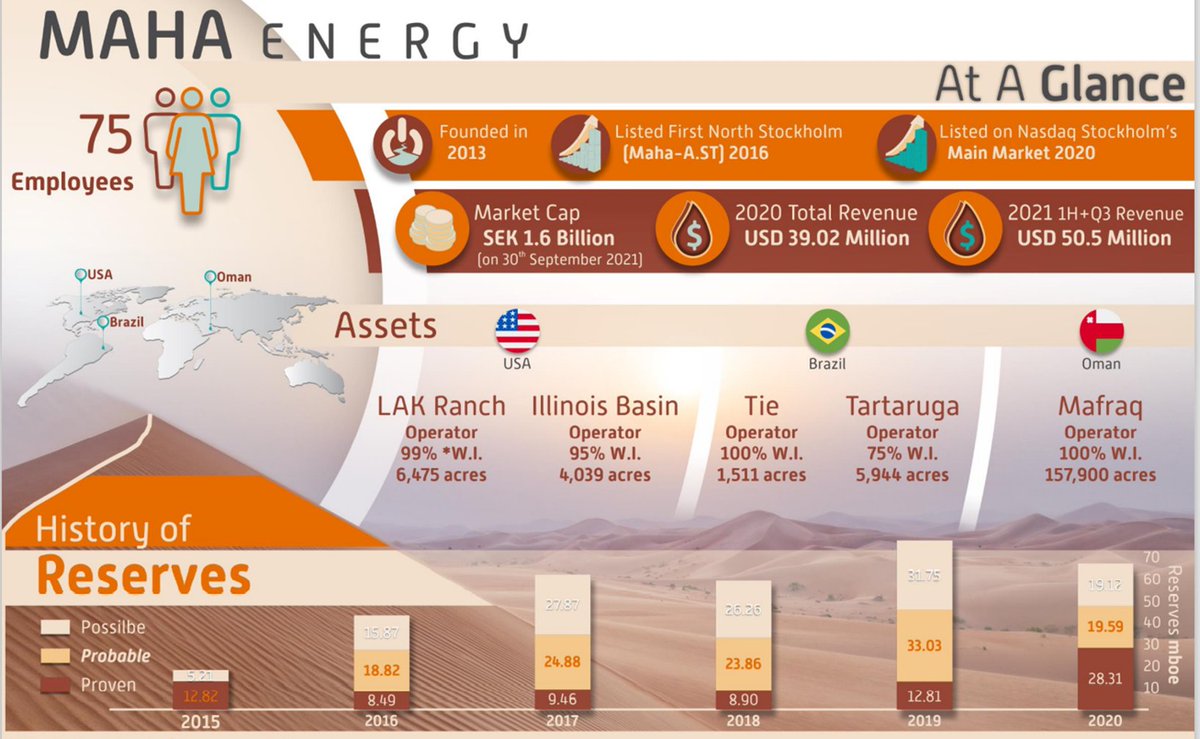Valeura Energy $VEl #VLU is a deep value case that is likely to re-rate. Before the recent acquisition $VLE had cash on hand 40m$ which is equivalent of 0.58CAD/share and a huge deep tight gas asset in Turkey. In this thread I will explain why I am buying $VLE shares. 

Here is an overview of the transaction. $VLE acquire Thai oil asset from bankrupt KrisEnergy for $3.1m initial payment. The Wassana oilfield is expected to produce 3000 bopd after reactivation, field was shut-in during 2020 oil-crash. After reactivation 9m$ quarterly CF expected. 

The Tax losses are the key for the transaction which make $VEL keep ~62% of profit. Assuming 100$ oil sell price -> 62$ CF. 2P case 4m barrels. Acquisition and Capex cost: 3+2+9.2+30m for 5 infill wells -> 11$/barrel. So we look 50$ net profit per barrel. 4m barrels -> 200m$ 

The webcast on the following link is very good to get further info. I think $VEL will growth further in Thailand and a 40m$ Mcap seems way to cheap given strong cash position and growth perspective. Would not be surprised if $VEL can grow to 10k bopd. #VLU
$VLE are also looking for a new Farm-in partner for the huge Deep Tight Gas asset. Former partner Equinor ditch the project during the low gas price times. European gas prices have increased a lot in the last year and interest for the asset has picked up again. #VLU 

Just looking at the $VEL assets and the cash in hand. To me a 100-200% re-rate would still make this look rather low priced. Auctus Advisors gave $VEL #VLU target price of 2.09CAD which is roughly 200% upside from here. 

Graph looks very good, break-out on high volume. Zoom out and you understand what can happen if a new farm-in partner for Turkey get announced. #VLU $VEL 



New interview out today with CEO $VLE #VLU $VEL.TO directorstalkinterviews.com/valeura-energy…
$VEL buying interest remain strong but could come a dip to buy. #VLU trading also to resume at some point that can create volatile but have not seen a date for this. 

• • •
Missing some Tweet in this thread? You can try to
force a refresh











